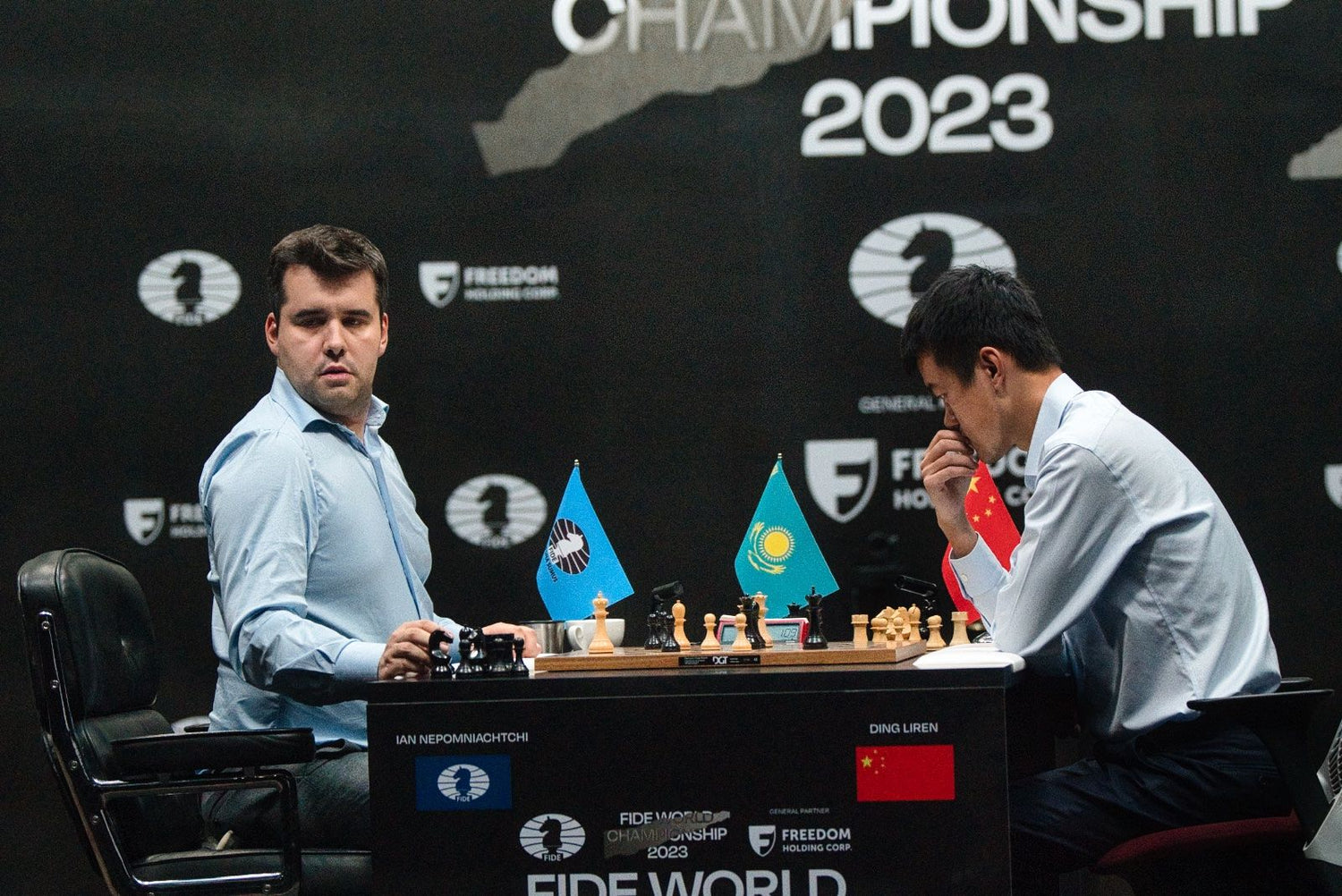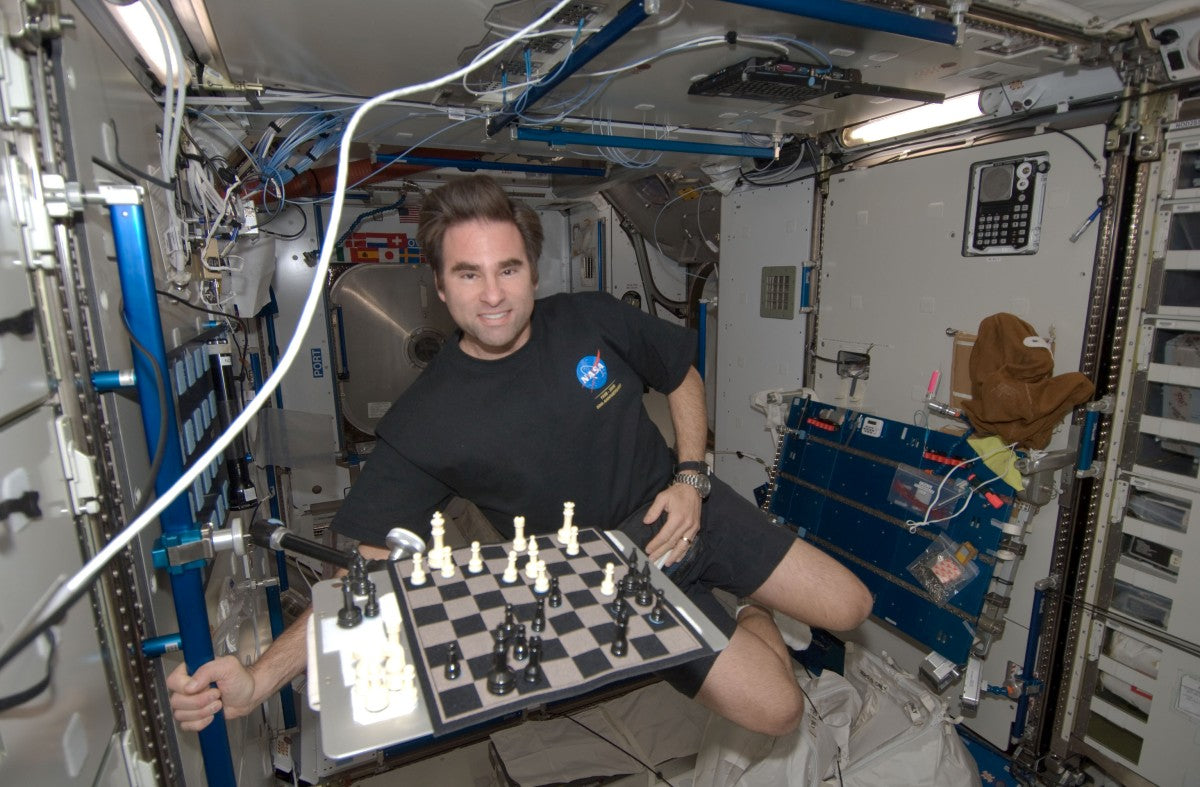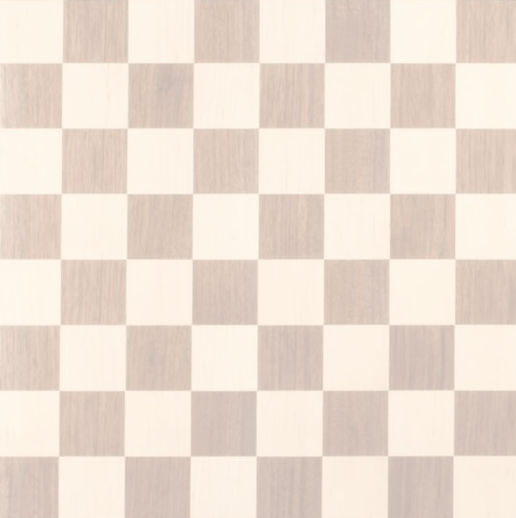
The FIDE Chess World Championship stands as the epitome of human intellect and strategy, a battle of minds played out on a checkered battlefield. Originating from the most ancient realms of strategy games, chess has evolved over centuries to become a universal language that transcends cultures and backgrounds. The World Championship, organized by the Fédération Internationale des Échecs (FIDE), the international chess governing body, has been the pinnacle of chess competition since its inception, showcasing the most brilliant players and memorable moments in the annals of the game's history.
Early History:
The origins of chess are steeped in legend and myth, tracing back over a millennium. Although the precise beginnings remain disputed, it is widely believed that chess, in its rudimentary forms, emerged in the Indian subcontinent during the 6th century. As the game evolved and spread across the world, it gained patronage among emperors, scholars, and nobles alike. By the 15th century, chess had firmly established itself in Europe, adopting the rules and structure that closely resemble the modern game.
However, the formalization of the Chess World Championship didn't materialize until the late 19th century. In 1886, Wilhelm Steinitz, an Austrian and later American player, emerged as the inaugural World Chess Champion after defeating Johannes Zukertort. This marked the beginning of a tradition that would grow in prominence and global recognition over the ensuing years.
Evolution of the Championship:
The early decades of the World Chess Championship saw players predominantly from Europe, where the game had taken firm hold. Emanuel Lasker, a German mathematician and philosopher, held the title for an impressive 27 years from 1894 to 1921, showcasing a blend of intellectual prowess and strategic depth. Lasker's reign set the stage for subsequent titans of the game.
The mid-20th century witnessed the emergence of the Soviet Union as a chess powerhouse. The era of Soviet dominance, which lasted for decades, produced legendary players such as Mikhail Botvinnik, who played a pivotal role in shaping modern chess theory. The Cold War rivalry between the United States and the Soviet Union also found a unique battleground on the chessboard.
Notable Players and Iconic Moments:
The annals of the Chess World Championship are replete with remarkable players and indelible moments. One of the most iconic matches occurred in 1972, when American grandmaster Bobby Fischer faced Soviet champion Boris Spassky in Reykjavik, Iceland. This "Match of the Century" transcended chess, becoming a symbolic struggle between ideologies, as Fischer's triumph underscored his strategic genius and the allure of individualism in the midst of a global rivalry.
Anatoly Karpov and Garry Kasparov, both Soviet-born players, engaged in a legendary rivalry in the 1980s and 1990s. Their battles highlighted the shift in chess dynamics, as Karpov's solid positional play clashed with Kasparov's aggressive and imaginative style. This rivalry, often compared to the Cold War tensions of their time, showcased the evolving nature of chess strategy.
Modern Era and Globalization:
The latter part of the 20th century and the early 21st century saw the globalization of chess, with players from various nations rising to prominence. Vishwanathan Anand, an Indian player, became the World Chess Champion in 2007, signaling the game's increasing popularity in non-traditional chess nations. The ascent of players like Magnus Carlsen, a Norwegian prodigy known for his deep understanding of positions and endgames, demonstrated the fusion of classical and modern chess approaches.
Carlsen's reign as World Chess Champion has marked a new chapter in the championship's history. His matches have showcased the blending of classical principles with computer-assisted preparation, highlighting the evolving relationship between humans and technology in the world of chess.
Grandmaster Carlsen, the famous Norwegian superstar has achieved a remarkable feat, winning one more match than the very first champion, Wilhelm Steinitz, and the fourth champion, Alexander Alekhine, did. When we count tied matches as well, only two former world champions, the second champion Emanuel Lasker and the 13th champion Garry Kasparov, managed to win six matches.
In a surprising move, somewhat characteristic of Carlsen, then world champion Magnus decided in 2022 not to defend his world title, saying "I’m not motivated to play another match," said Carlsen. "I don’t have a lot to gain. I don't particularly like it, and although I’m sure a match would be interesting for historical reasons, I don’t have any inclinations to play and I will simply not play the match."
This decision unexpectedly paved the way for a formidable contender to emerge in the field. The highly anticipated match took place in 2023, featuring the clash between two chess titans: GM Ian Nepomniachtchi representing Russia and GM Ding Liren representing China. Ultimately, it was GM Ding who secured victory, as detailed in an enlightening article on chess.com.
In Conclusion:
The FIDE Chess World Championship embodies the quintessence of intellect and strategy, a timeless saga that has unfolded over centuries. From its enigmatic origins to the modern-day battles of minds, the championship has witnessed the evolution of chess from a pastime to a global phenomenon. Notable players, iconic matches, and the interplay of cultures and ideologies have all contributed to its rich tapestry. As the championship continues to captivate audiences and inspire aspiring grandmasters, it remains a testament to the enduring allure of a game that challenges the boundaries of human thought and creativity.
World Championship Chessboards:
The type of chess boards used during the FIDE Chess World Championship can vary from one championship to another and is typically determined by the organizers and sponsors. However, there are certain standards and preferences that are commonly followed in high-level chess competitions, including the World Championship.
In professional chess tournaments, including the FIDE Chess World Championship, a common choice for chess boards is the DGT (Digital Game Technology) electronic chess boards. These boards have built-in sensors that detect the movement of pieces and transmit the moves digitally. This allows for live broadcasting, analysis, and recording of games in real-time.
DGT boards are often paired with computer software, which can display the game on screens for spectators, commentators, and online viewers. This combination of physical boards with digital integration enhances the viewer experience and allows for more accurate and efficient recording of moves.
The pieces used on these boards are Staunton-style pieces, which are the standard for tournament play. These pieces are easily recognizable and have specific shapes for each type of piece, making them suitable for players and spectators alike.
It's important to note that the specific type of boards and pieces used can still vary based on the preferences of the organizers, sponsors, and the players themselves. The aim is to provide a high-quality and professional playing environment for the participants and an engaging experience for the audience.










Leave a comment
All comments are moderated before being published.
This site is protected by hCaptcha and the hCaptcha Privacy Policy and Terms of Service apply.